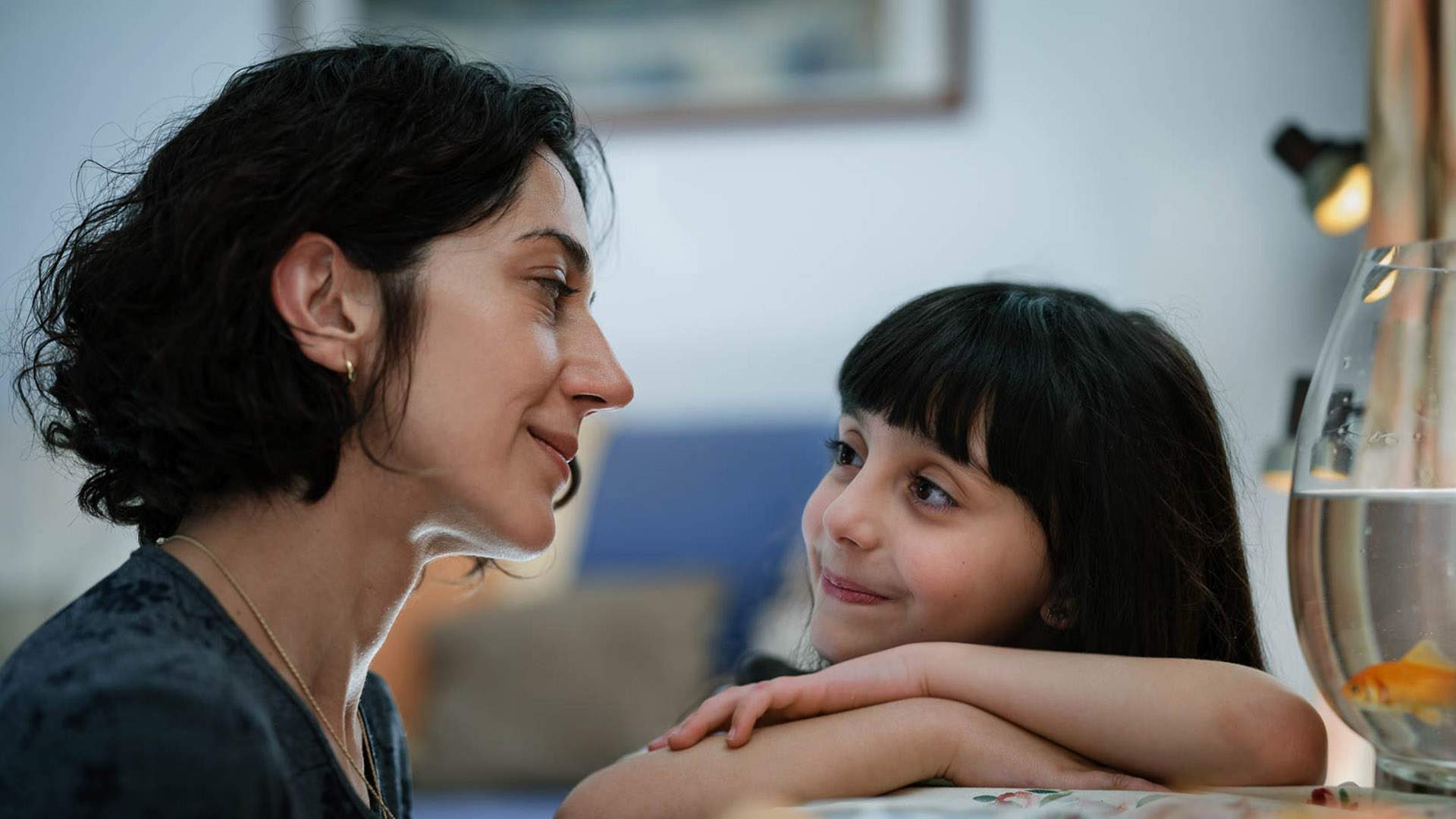Turning Your Own Childhood Into a Powerful Portrait of Courage and Community: Noora Niasari Talks 'Shayda'
Winning a Sundance Audience Award, opening the Melbourne International Film Festival: the Iranian Australian filmmaker has achieved both with her first feature.
Radiance in the face of conflict, determination amid oppression, striving for basic human rights at your most vulnerable: these aren't easy experiences to live through, or to bring to the screen. Iranian Australian filmmaker Noora Niasari knows both firsthand, with her debut feature Shayda based on her childhood. Aged five, she resided in a women's shelter with her mother. The latter fought for freedom by moving to the other side of the world, away from everything that she knew, and carving out an existence anew. As Niasari's mum battled for agency and independence, and for the ability to divorce and also retain custody of her daughter, she still taught the young Noora Farsi, and Persian dance. She passed on Nowruz, or Persian New Year, traditions as well.
"I think that was the element of the process that I underestimated — how challenging it would be, just on a very psychological, emotional level," Niasari tells Concrete Playground about the sifting through her own experiences to make the Melbourne-set and -shot Shayda. "It's one thing to direct your first feature film with a much bigger crew than you've ever had, much bigger cast, a lot of different personalities. And then to be triggered by your childhood trauma every day in the process — it's not something I would recommend to anyone."
"It's something that I'm still struggling with, to be honest," Niasari continues, noting that she continually comes back to why she made the movie. "The fact that this story is much bigger than me and my mum, that it's already touching women and families all over the world, that really means something to me. I feel like it's a catalyst for healing, not just for me and my mum, but for so many people. That's what drives me to keep going and keep putting the putting the story out there."

Taylor Jewell/Associated Press
Niasari started Shayda from her mother's unpublished memoir, adapting it and fictionalising elements — and while it doesn't tell an easy tale, it's an easy film to fall for. Named for her mum's on-screen surrogate, who is played by 2022 Cannes Best Actress-winner Zar Amir Ebrahimi (Holy Spider), Shayda is clearly deeply personal. With engaging first-timer Selina Zahednia as Mona, Niasari's own in-film double, naturally it feels not only lived-in but like it has materialised as a movie from memories. As it charts its eponymous character's quest to start afresh, it tells of resilience and perseverance, strength and self-determination, and courage and community. It doesn't ever shy away from its protagonist's struggle to be permitted to be her own person, or from the pain and distress that she's forced to feel as she maintains that mission; however, in heroing its eponymous figure's fortitude, bravery and spirit, Shayda is also a hopeful film.
Audiences at the 2023 Sundance Film Festival agreed; in January, Shayda won the US fest's World Cinema — Dramatic Audience Award. That world-premiere berth in Park City was just the start of the feature's festival run. Next stops: opening this year's Melbourne International Film Festival, then closing Switzerland's Locarno Film Festival. Internationally, Amir Ebrahimi's name is a drawcard. Cate Blanchett's, too, given that the Australian Tár and The New Boy actor executive produced the feature. The Tehran-born, Australian-raised Niasari is equally as talented behind the lens, after studying architecture then film; being mentored by iconic Iranian director Abbas Kiarostami; making documentaries in Wales, Lebanon and Chile; and beginning to focus on the Iranian diaspora community with her shorts and now this.
Ahead of Shayda launching MIFF in early August, then hitting Australian cinemas in late September, Niasari chatted Concrete Playground through turning her own childhood into this powerful and important feature — plus balancing darkness and hopefulness, casting, engaging Melbourne's Iranian community, the Sundance experience, MIFF's coveted opening-night slot and her journey to becoming a filmmaker.

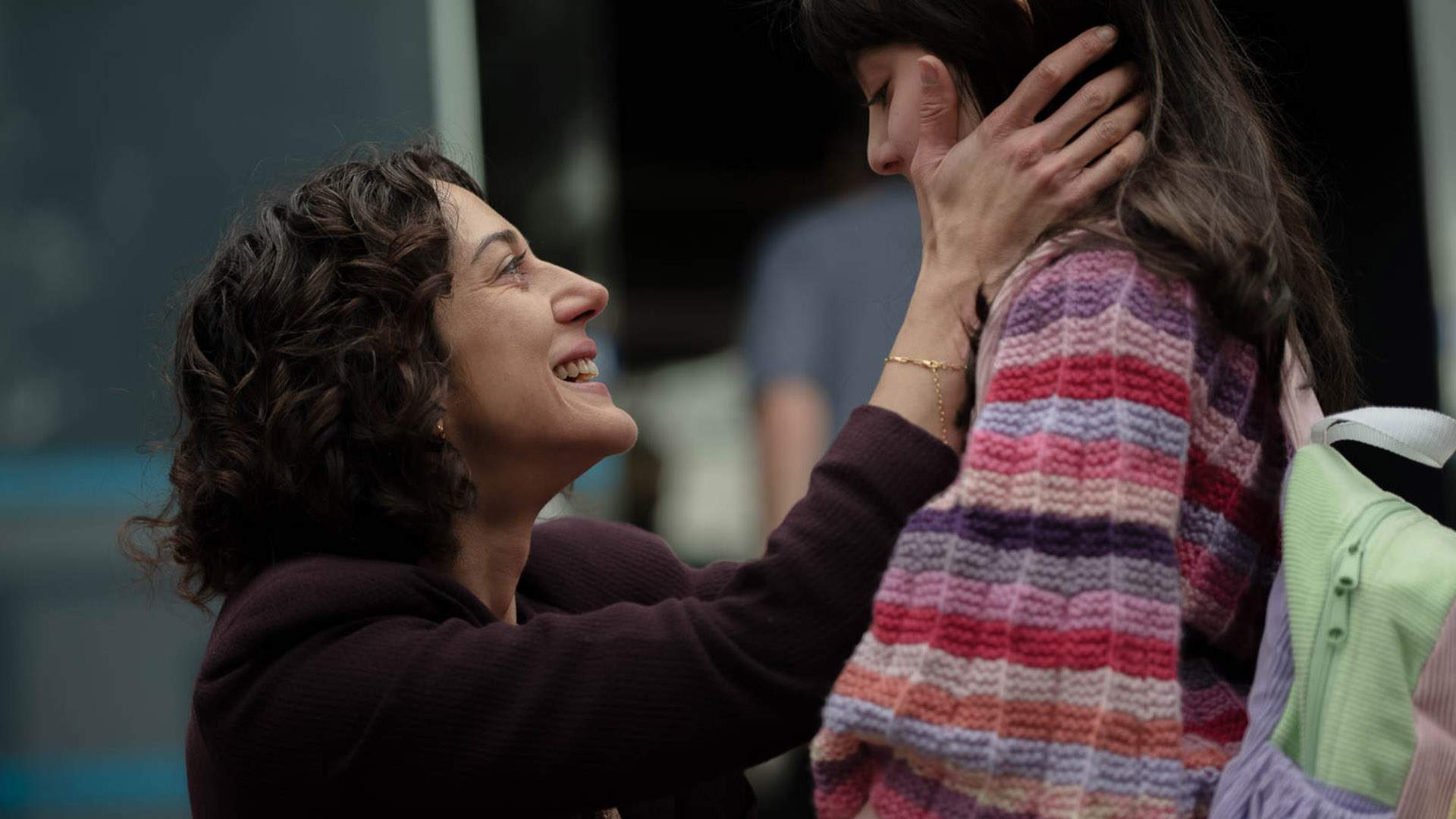
ON NIASARI REALISING THAT SHE NEEDED TO TURN HER CHILDHOOD INTO A FILM
"I lived in that women's shelter with my mum when I was five years old, and the woman who was running the shelter, who the character Joyce [played by Leah Purcell, The Drover's Wife The Legend of Molly Johnson] is based on, she's kind of my godmother now. She's been a family friend, my mother's close friend, for over 25 years.
We often talk about those times, and it's an experience that's stayed with me through my whole life. Whenever I told people about living in a women's shelter, they were so surprised.
I feel like there's not enough awareness of what services are available, and what those experiences are. But I was compelled to tell this story of female empowerment, and to show the world of a women's shelter that we haven't really seen on screens before."


ON DECIDING WHERE TO STAY TRUE TO REALITY, WHERE TO FICTIONALISE AND WHY
"I was lucky to have an amazing script editor throughout the scriptwriting process. The first draft was very much adapted from my mum's unpublished memoir, which I encouraged her to write before I did the adaptation. But the drafts after that were a departure from the autobiographical details of our life, of that memoir.
There's certain things that in real life seem far too dark for a cinema audience — and it's important to prioritise the cinematic experience over what really happened.
It very about finding the cinematic potential of the story beyond what happened to us. Thankfully I had my script editor, and a lot of amazing notes from producers — and also just a lot of kind of soul searching, and finding the moral compass of each character, and what they would do in this given scenario and that given scenario.
It very much became a fictional exercise at a certain point, and it also incorporated not just my mother and I's story, but stories from my godmother — a lot of her personal experience of working in the shelter is in the film as well. So it's really an amalgamation of fact and fiction, and blurring those lines in order to tell a cinematic story."


ON MAKING A FILM THAT SEES BOTH DARKNESS AND HOPE
"From the start, I wanted there to be a lot of grounding in the mother-daughter connection, which is a beautiful one that they have. And in the celebration of Persian New Year — the film takes place over the course of that time.
Celebrating the cultures and traditions, the poetry, the dance, those are things that kept my mother and I buoyant through those difficult times, and that's something I wanted to capture in the film.
Whenever there's darkness, there's light as well. Finding that balance was really a priority for us — my cinematographer, production designer, all of us, we were always thinking about that, whether it came to the lighting or the set dressing or the costumes.
Despite the fact that there's difficult themes, we wanted the audience to feel the hope and the joy, and the strength of Shayda and the other women in this in this shelter and in this situation, because there's more to life than the darkness."


ON CASTING ZAR AMIR EBRAHIMI AS SHAYDA
"We cast her before she won Cannes. It was very, very fortunate timing.
Zar is an incredible woman, incredible human being, what she's been through. Just her story is amazing, but I'll leave that to for readers to Google.
From the very first self-tape I received from Zar, within a few seconds I knew she was Shayda. It was that powerful. She has this dual strength and vulnerability happening all at once, just in her gaze, in her presence, the way she carries herself. This is a quality that I was always looking for in the character.
And Zar also brings so much of her life experience to this film, and has so many parallels to my mother. They also became good friends in the making of the film, which was a beautiful thing as well because you could feel the sisterhood and bonding, and the deeply felt connections — which I feel came across in the performances, too."

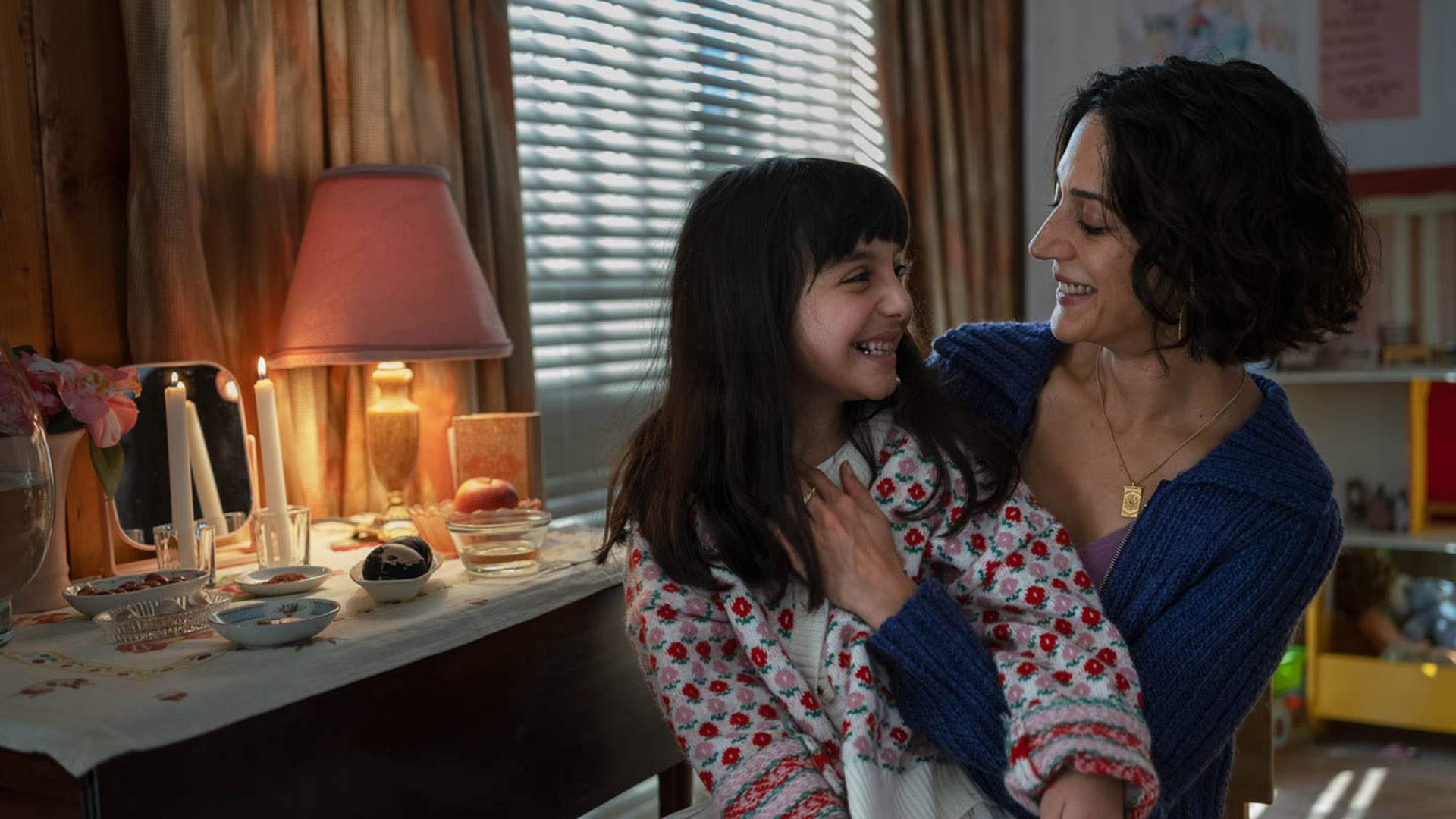
ON FINDING SOMEONE TO BASICALLY PLAY NIASARI HERSELF AS A CHILD
"We auditioned Iranian girls all over Australia, through Persian schools, mostly grassroots casting. And Selina was one of the shortlisted applicants in Melbourne, which was lucky because we were shooting in Melbourne.
She came to the callback and to the audition room, and my assistant and I were just blown away by her ability to lock into a situation emotionally and respond to it. For a six-year-old, her emotional intelligence was just phenomenal. She cried in the audition, not prompted by anything but the actual situation we gave her. Then she was able to snap back to the joy and dancing that she loves.
She's actually very different to who I was as a child. She has a really happy family. She's got a beautiful childhood, no trauma — she's a really happy kid. As soon as the audition finished, when knew it was her, we were like 'that was remarkable, she's the one'. But then we were like 'but we have to protect her; we have to protect that joy and that light and spark'.
So that's what we went about doing — protecting Selina from the material, and making sure that she stayed who she is. She has, and I'm glad that we went above and beyond to do that."

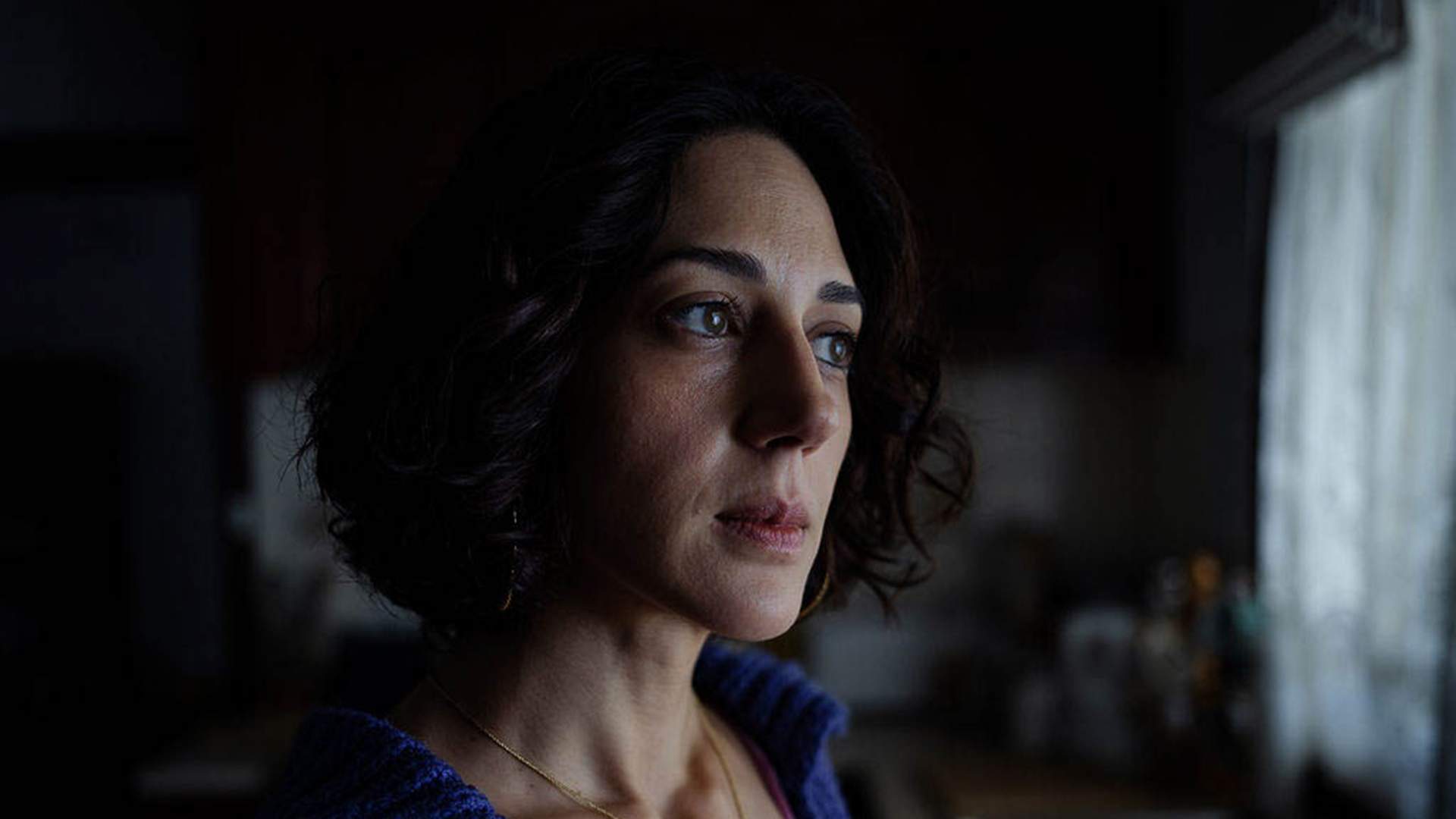
ON ENGAGING WITH FELLOW MEMBERS OF MELBOURNE'S IRANIAN COMMUNITY
"Their collaboration was really important when it came to preproduction and the making of the film.
There's a place called House of Persia in in Melbourne — one of the founding members is my cinematographer's mum. We ran a lot of our rehearsals and auditions there. And we had huge amounts of volunteer extras and people helping us set up the fire-jumping festival, like multiple stall owners.
It was a remarkable show of support from the community. They were very excited, very collaborative and just happy to be a part of something like this.
It doesn't happen every day for there to be an Iranian Australian feature film financed by Screen Australia. I'm pretty sure that ours is the first. People were really, really excited, and generous and kind and supportive. And we're super grateful to everyone who supported us in the community."

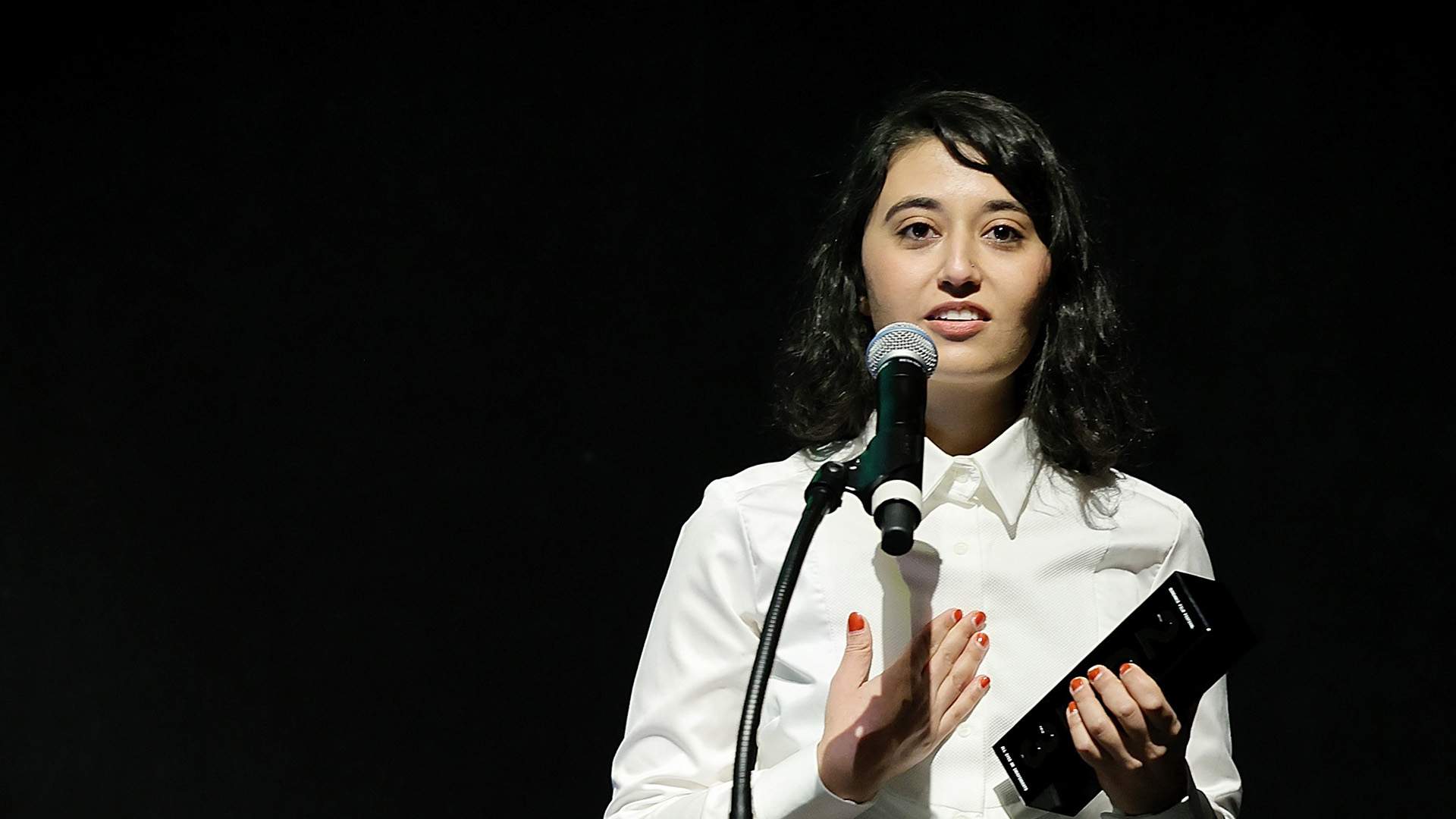
Michael Loccisano/Getty Images
ON PLAYING SUNDANCE AND WINNING AN AWARD WITH NIASARI'S DEBUT FEATURE
"It was definitely a dream come true to screen at Sundance, and to win an award was such a huge honour.
It meant a lot to me, and to the whole team, because it just showed that the film is not just a film about my mother and I's personal experience — that it's a universal story that crosses borders, that audiences from all over the world and all different backgrounds are connecting with the film.
That's what the audience award meant to me. For me, the most important thing is making a connection with the audience, so it was a wonderful thing to happen."

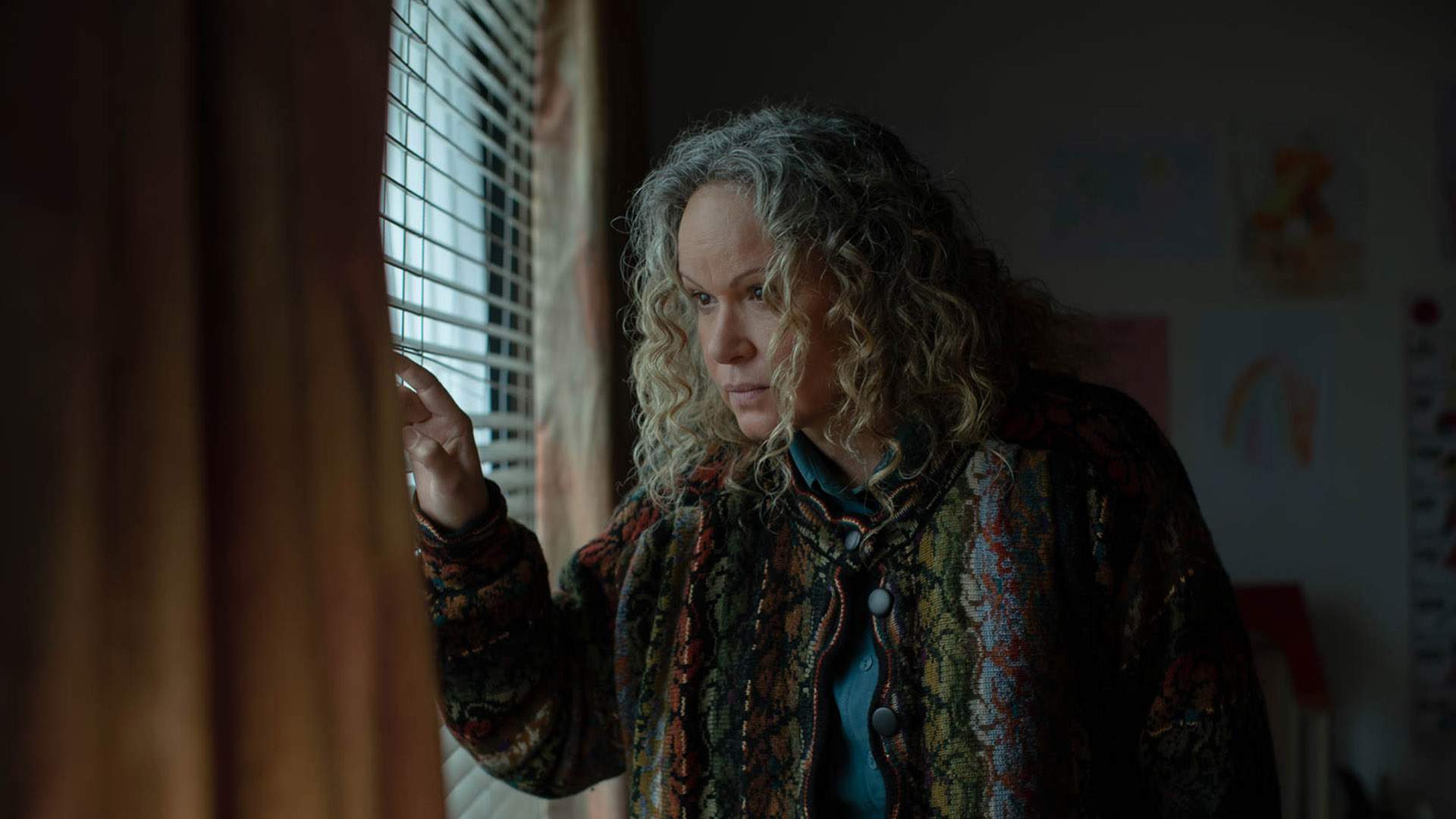
ON OPENING MIFF
"It feels surreal at the moment. I've had three shorts at MIFF. I was in the Accelerator Lab [a workshop for emerging short-film directors]. I became a filmmaker in Melbourne, and I really love Melbourne. In so many ways, it feels like a graduation to even just be at the festival with my feature.
The opening-night spot, it's important in so many ways, but at the same time I just want to have fun with it and celebrate our hometown screening.
But it does signify something new, in a sense, because I don't know how many Australian films have opened MIFF that are the majority in the different language, from a different cultural perspective to what we're used to, from a filmmaker who's lived that and who is from that world.
I'm proud, and I'm grateful that my community is being seen and represented in this way."

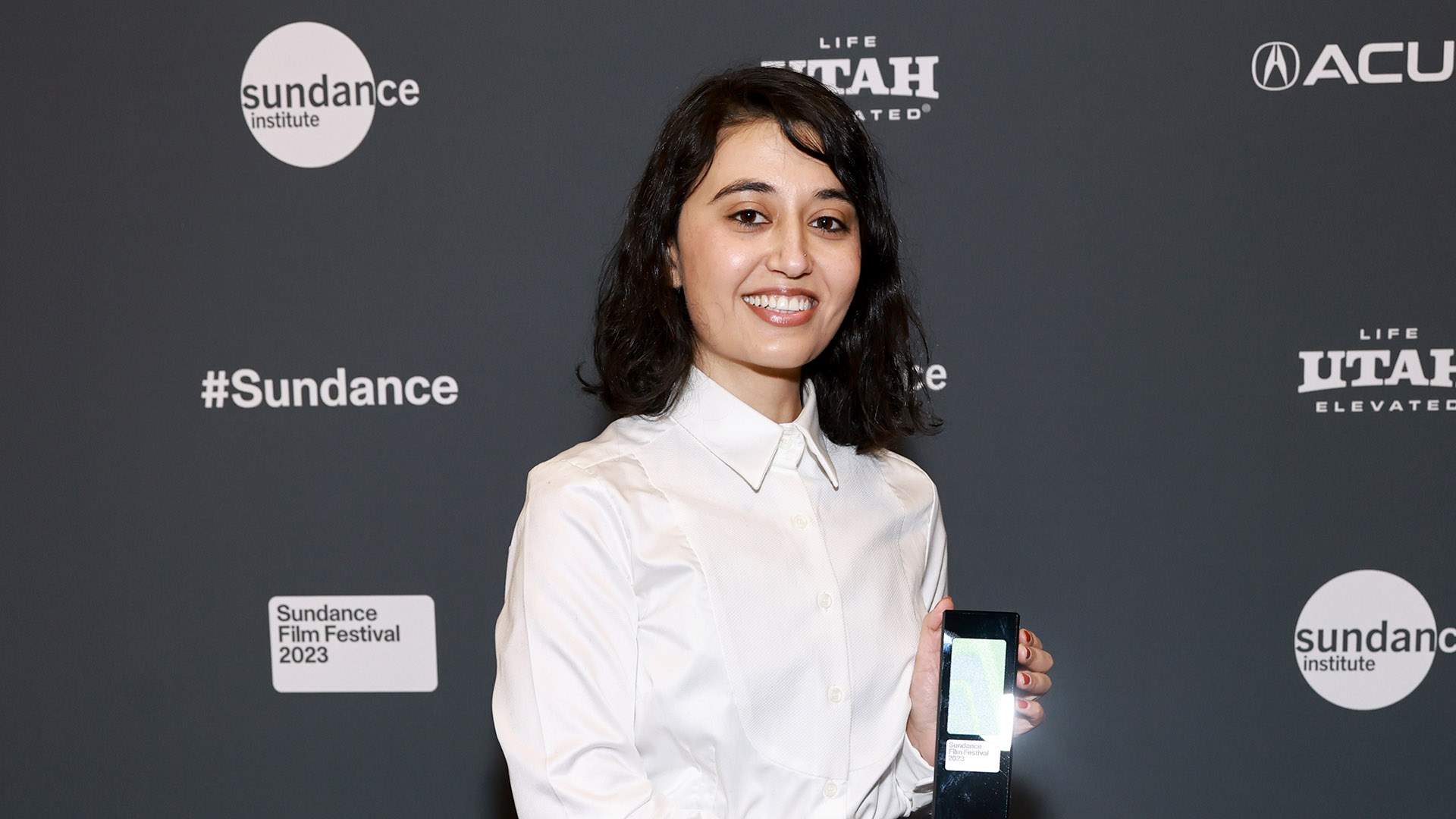
Matt Winkelmeyer/Getty Images
ON THE JOURNEY FROM ARCHITECTURE TO DOCUMENTARIES TO SHAYDA
"My mum used to take me to the Brisbane Film Festival, and I think one of the first films I saw in the cinema was a Jafar Panahi film. He was Kiarostami's assistant, and then I continued watching his films and Kiarostami's films. Just Iranian cinema in general was pivotal in my adolescence through to university.
It always stayed with me, and the poetry and everything. I feel like I always had that undercurrent or simmering desire to tell stories, but I just didn't see it as a possible career path. It was never made mention to me until I was in architecture school. Even when I was in high school, I wanted to go to art school and I had a great art teacher, but filmmaking — nobody ever handed me a camera and said 'you could be a director one day'. It just never came to be. And especially with my mum, it was a single-parent family, and she was working, she was studying, she was hustling my whole childhood and adolescence.
It was kind of amazing to discover it at that age of 19. I'm not one of those filmmakers who's like 'oh yeah, I watched E.T. when I was growing up and decided I want to be a director'. I think it was just something that was inside me, and was discovered slightly later based on the circumstances of what I was doing.
I loved architecture school, too. I did work for a year and was definitely at a crossroads. But I just fell in love with storytelling, with making movies and being able to make a connection with people through that medium, so I haven't looked back since then."

Shayda opens the 2023 Melbourne International Film Festival on Thursday, August 3, then releases in Australian cinemas on Thursday, October 5. Read our review.
